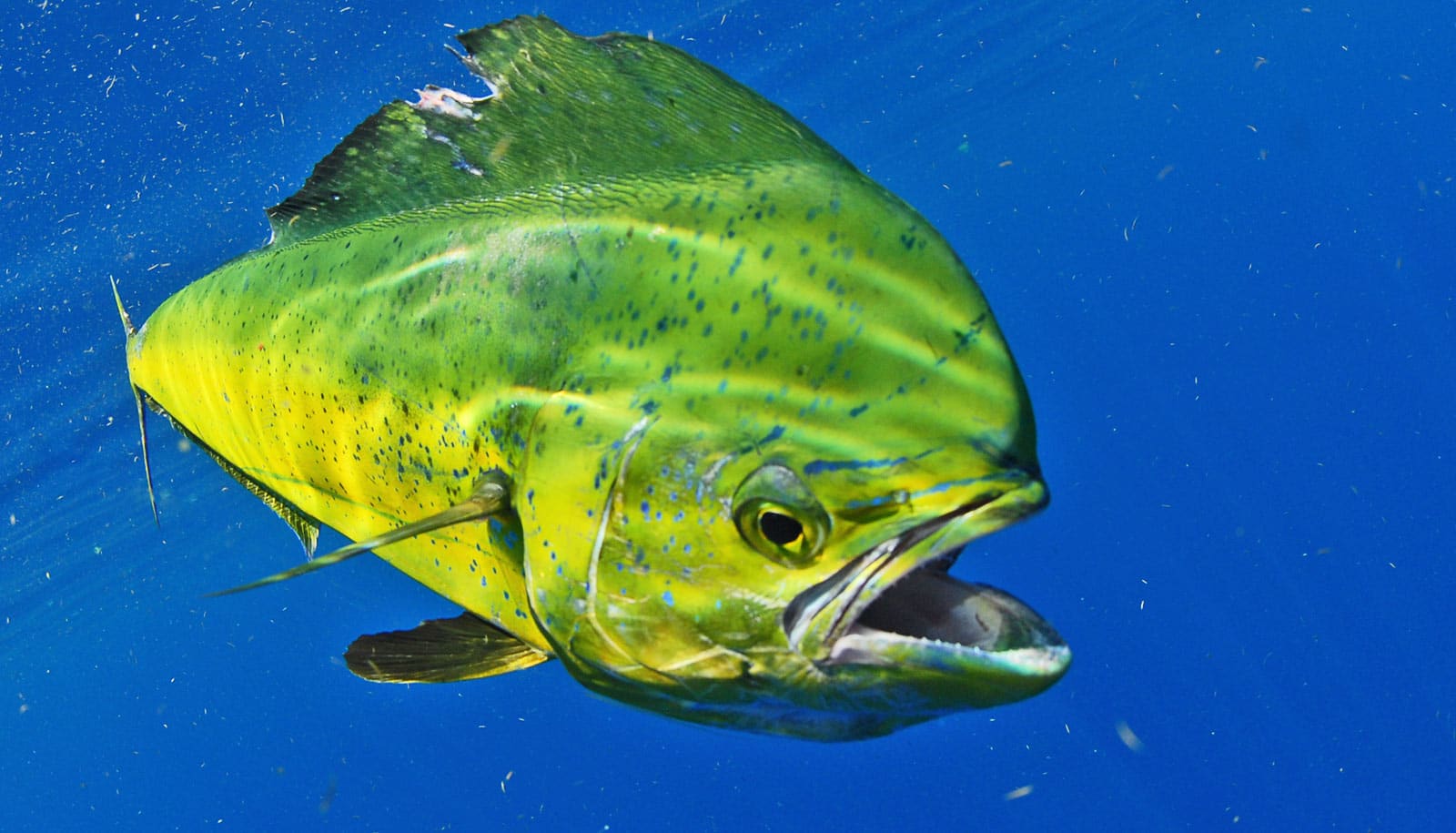
As greenhouse gas emissions continue to warm the oceans, marine life biodiversity could plummet within the next few centuries to levels not seen since the extinction of the dinosaurs, according to new research.
Oceanographers modeled future marine biodiversity under different projected climate scenarios and found that if emissions are not curbed, species losses from warming and oxygen depletion alone could come to mirror the substantial impact humans already have on marine biodiversity by around 2100.
Tropical waters would experience the greatest loss of biodiversity, while polar species are at the highest risk of extinction, according to the study in Science.
Reversing greenhouse gas emissions now could reduce the risk of extinction by more than 70%.
“Aggressive and rapid reductions in greenhouse gas emissions are critical for avoiding a major mass extinction of ocean species,” says senior author Curtis Deutsch, who began the research as a professor of oceanography at the University of Washington and is now at Princeton University.
The study finds, however, that reversing greenhouse gas emissions now could reduce the risk of extinction by more than 70%.
“The silver lining is that the future isn’t written in stone,” says first author Justin Penn, who began the study as a graduate student at the University of Washington and is now a postdoctoral researcher at Princeton. “The extinction magnitude that we found depends strongly on how much carbon dioxide we emit moving forward.
“There’s still enough time to change the trajectory of CO2 emissions and prevent the magnitude of warming that would cause this mass extinction.”
Substantial marine life losses
Deutsch and Penn combined existing physiological data on marine species with models of climate change to predict how changes in habitat conditions will affect the survival of sea animals around the globe over the next few centuries.
Water temperature and oxygen availability are two key factors that will change as the climate warms due to human activity. Warmer water is, itself, a risk factor for species that are adapted for cooler climates.
Warm water also holds less oxygen than cooler water, and leads to more sluggish ocean circulation that reduces the oxygen supply at depth. Paradoxically, species’ metabolic rates increase with water temperature, so the demand for oxygen rises as the supply decreases.
“Once oxygen supply falls short of what species need, we expect to see substantial species losses,” Penn says.
Marine animals have physiological mechanisms that allow them to cope with environmental changes, but only up to a point. The researchers found that polar species are likely to go globally extinct if climate warming occurs because they will have no suitable habitats to move to.
Tropical marine species will likely fare better because they have traits that allow them to cope with the warm, low-oxygen waters of the tropics. As waters north and south of the tropics warm, these species may be able to migrate to newly suitable habitats.
The equatorial ocean, however, is already so warm and low in oxygen that further increases in temperature—and accompanying decrease in oxygen—might make it locally uninhabitable for many species.
The researchers compared their model to past mass extinctions captured in the fossil record. They built on their earlier work that linked the geographic pattern of Earth’s deadliest extinction event—the end-Permian extinction about 250 million years ago—to its underlying drivers: climate warming and oxygen loss from the oceans.
Marine biodiversity at the equators
The new paper used a similar model to show that anthropogenic warming could drive extinctions from the same physiological mechanism and at a comparable scale if warming becomes great enough, Penn says.
“The latitude pattern in the fossil record reveals the fingerprints of the predicted extinction driven by changes in temperature and oxygen,” he says.
The model also helps resolve an ongoing puzzle in the geographic pattern of marine biodiversity. Marine biodiversity increases steadily from the poles towards the tropics, but drops off at the equator.
This equatorial dip has long been a mystery—researchers have been unsure about what causes it and some have even wondered whether it is real. Deutsch and Penn’s model provides a plausible explanation for the drop in equatorial marine biodiversity—the oxygen supply is too low in these warm waters for some species to tolerate.
The big concern is that climate change will make large swaths of the ocean similarly uninhabitable, Penn says.
To quantify the relative importance of climate in driving extinctions, the authors compared future extinction risks from climate warming to data from the International Union for Conservation of Nature on current threats to various marine animals. They found that climate change currently affects 45% of the marine species at risk of extinction, but is only the fifth-most important stressor overall, after overfishing, transportation, urban development, and pollution.
However, Penn says, climate change could soon become the top stressor, eclipsing all the others. “Extreme warming would lead to climate-driven extinctions that, near the end of the century, will rival all current human stressors combined,” Penn says.
The National Science Foundation, the National Oceanic and Atmospheric Administration, California Sea Grant, California Ocean Protection Council, and the University of Washington Program on Climate Change funded the work.
Source: University of Washington